Public History: The Ursula Lauderdale Exhibit
Imagine trying to piece someone’s life together based on 150 items ranging from postcards, to letters, to black and white photographs, and deciphering the meaning of the person who kept them. That’s what this years’ Public History class spent a large portion of their semester doing under the direction of Dr. Lauren Turek, assistant professor of History and program director for the Museum Studies minor.
Each year, Turek’s class creates an exhibit for the university library’s Special Collections in collaboration with Colleen Hoelscher, Special Collections Librarian, including past exhibits on David Matias and Claude and ZerNona Black. This year, students focused on Ursula Lauderdale, an artist and sculptor who taught at Trinity from 1927-28.
Public History, composed of students across majors such as anthropology, history, and art, gives students an interactive opportunity to practice public history as a work of interpretation. They are constantly looking for context and new information to tell an accurate and interesting story.
“You’re trying to create a story that is interesting to the public while remaining true to the limited materials we have,” said Dr. Turek. “I think there’s an assumption that surely most things are digitized in 2020. The vast majority of our historical documents and collections in this country and everywhere are not digitized.”
Hoelsecher, who digitized each piece in the collection, created a digital experience for students by digitizing and uploading all documents to a Google Drive, replicating each folder from the physical box.
The provenance of the collection itself is a unique story explained on a note in the collection.
“[Lauderdale] passed away in the 1960s, she had no family, and one of her neighbors vaguely remembered that she taught at Trinity at one point. So they packed up a bunch of stuff and dropped it off at the art department,” said Hoelsecher.
From there, Lauderdale’s belongings made their way to Special Collections.
Lauderdale, born in Missouri 1872, had an unconventional life as a woman artist and sculptor, and moved through places such as New York, Dallas, and Las Vegas, eventually settling in San Antonio and contributing to Texas impressionism and folk art.
“If you’re interested in art, she’s cool to read about. If you’re interested in women’s history, she’s fascinating to read about. If you’re interested in the history of Trinity, here she is one of the early professors. She was super connected to the San Antonio community as well,” said Dr. Turek.
Looking through records Lauderdale kept in her home allowed students to construct a personal story based on her belongings. Kayla Griscom, junior anthropology major, used the methodology of public history to help her tell a personal story of Lauderdale.
“It felt very intimate. I felt like I was really getting to know her by flipping through the poems and quotes she had pasted in her main scrapbook, around the newspaper articles about her she kept to document her career,” said Griscom.
Due to the interdisciplinary nature of the class, students were able to invest in Lauderdale’s unconventional life and showcase things that particularly spoke to them in the exhibit.
Griscom, who worked on the art section of the exhibit, was eager to analyze both Lauderdale’s art and personal belongings.
“Occasionally, some of the papers had notes scribbled on them, so looking through them felt like I was really shuffling through the papers on her desk, and that she was going to walk in any moment to help me make out a word of her loopy cursive handwriting,” said Griscom.
The group made discoveries about Lauderdale that might have otherwise been overlooked. One of them is that Trinity already has two of her paintings, one of which will be moved from storage to the library to be appropriately displayed. “I’m excited that this is kind of a lost Trinity story that we were able to find,” said Hoelscher.
Another notable finding regards one of Lauderdale’s most iconic pieces, a stained glass window originally made for City Temple Church in Dallas. In trying to help a student find out what year the original church building was destroyed, presumably along with the window, Hoelscher came across the discovery.
“When I was trying to find the answer to that, I found out that they moved the window when they moved buildings. I was watching this YouTube channel of the church history and I was watching it and all of a sudden there was the window! I was so excited I emailed the student at one in the morning,” said Hoelscher.
For Griscom, this discovery gave a larger sense of purpose for the class. “Finding that really made our class feel a sense of destiny about our project; I don’t know if anyone else would have thought it was as significant if they weren’t putting together an exhibit about the artist,” said Griscom.
“The students are proud of, and that could be the best outcome in my mind of all of this,” said Dr. Turek. “I was the supervisor and the editor, the students did all the amazing work, they made the discoveries, [Hoelscher] did all the scanning, I am just super excited about all the work that they did.”
Public History is a required course for the Museum Studies minor, and this exhibit can be viewed online along with past ones at history.coateslibrary.com.

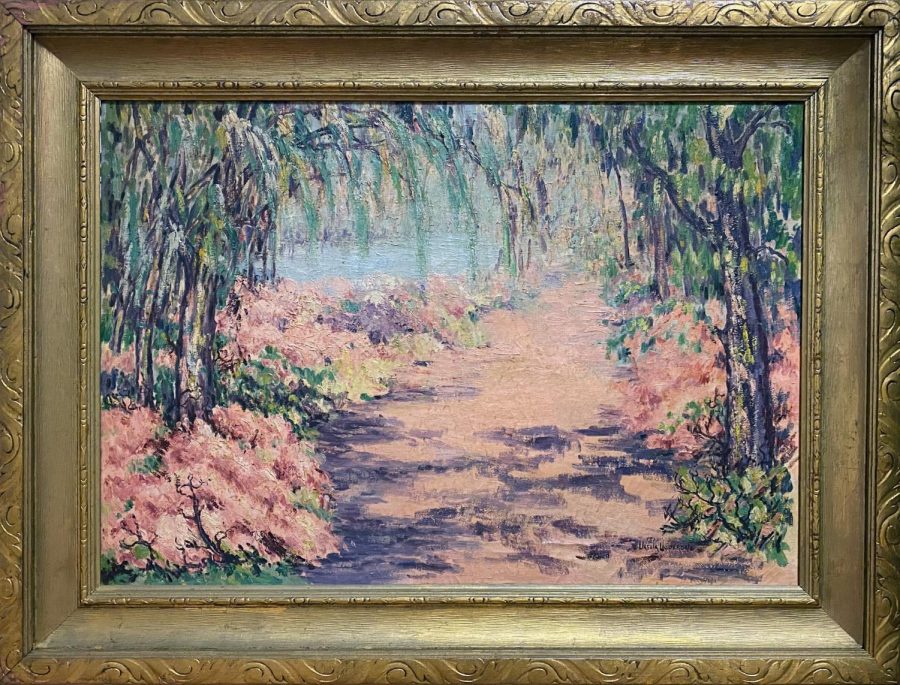
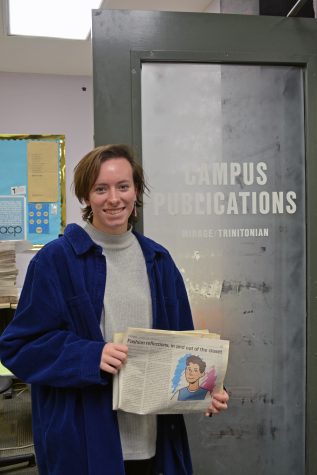
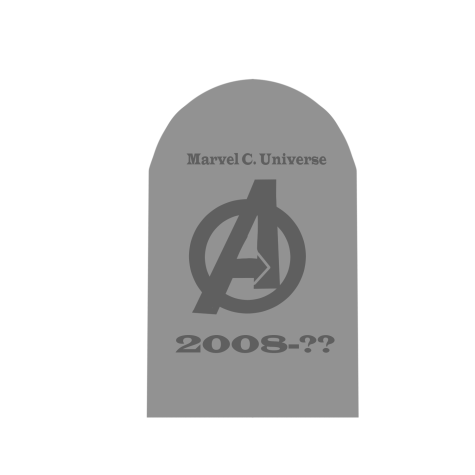
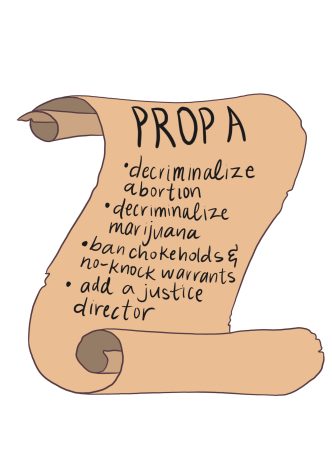
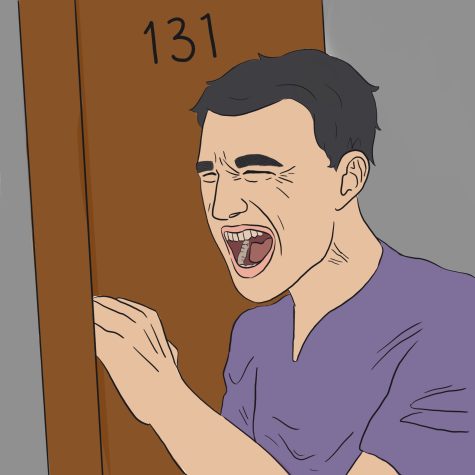
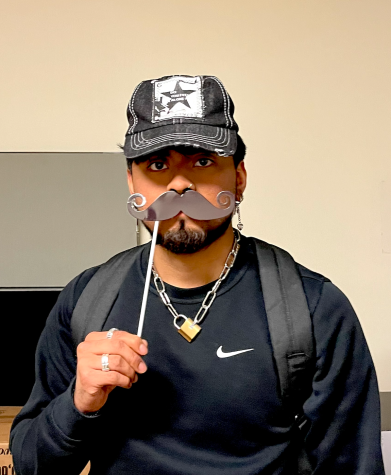
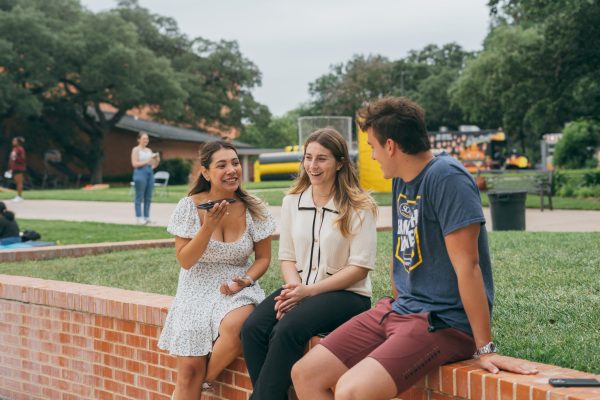
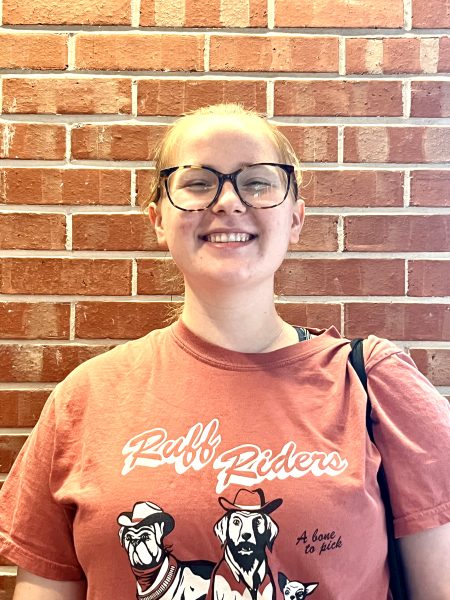
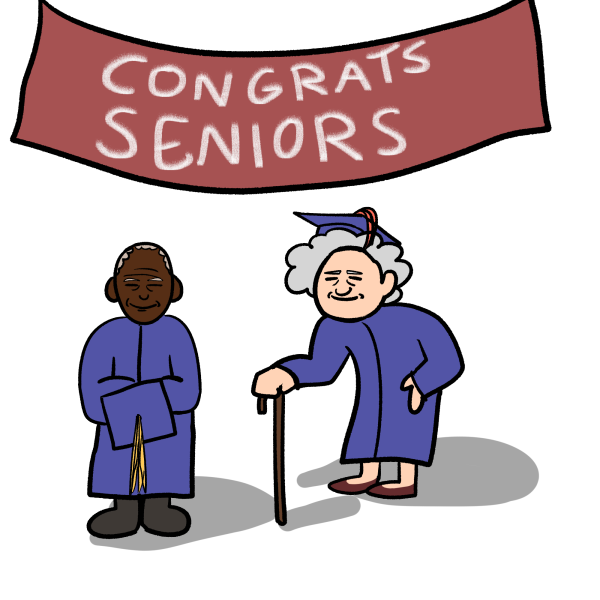
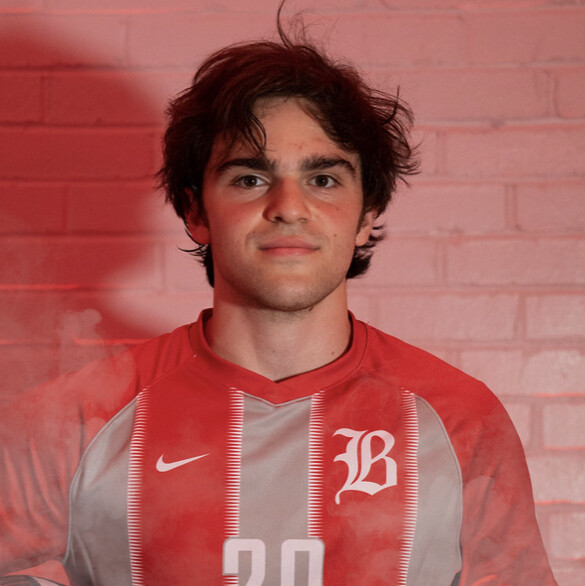
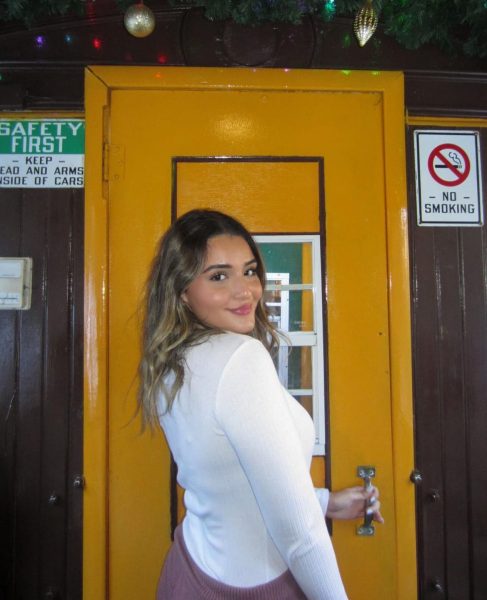
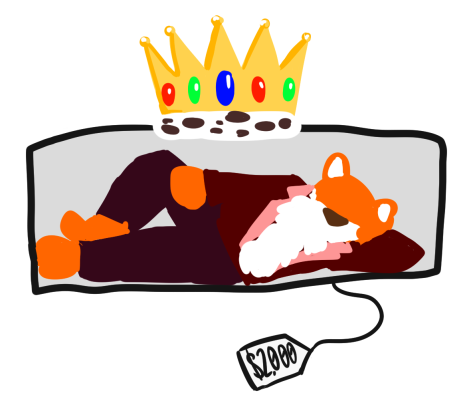



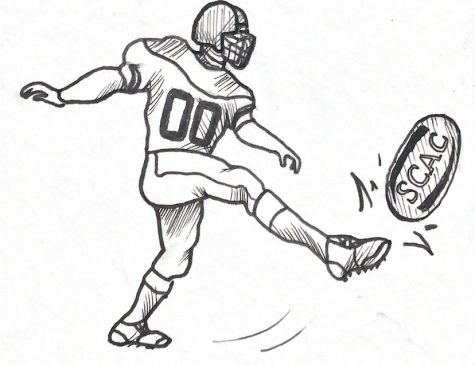
David Wilcoxen • Mar 22, 2021 at 1:32 pm
I have a small painting of Mission Concepcion painted by Ursula Lauderdale on a ceramic tile. My mother bought it in Victoria, Texas sometime in the early 1960s. The palette is almost completely blue and black making it a gloomy night scene. I wonder if she painted the other San Antonio missions and whether the ceramic tile was a one-off. She’s hard to find information about.